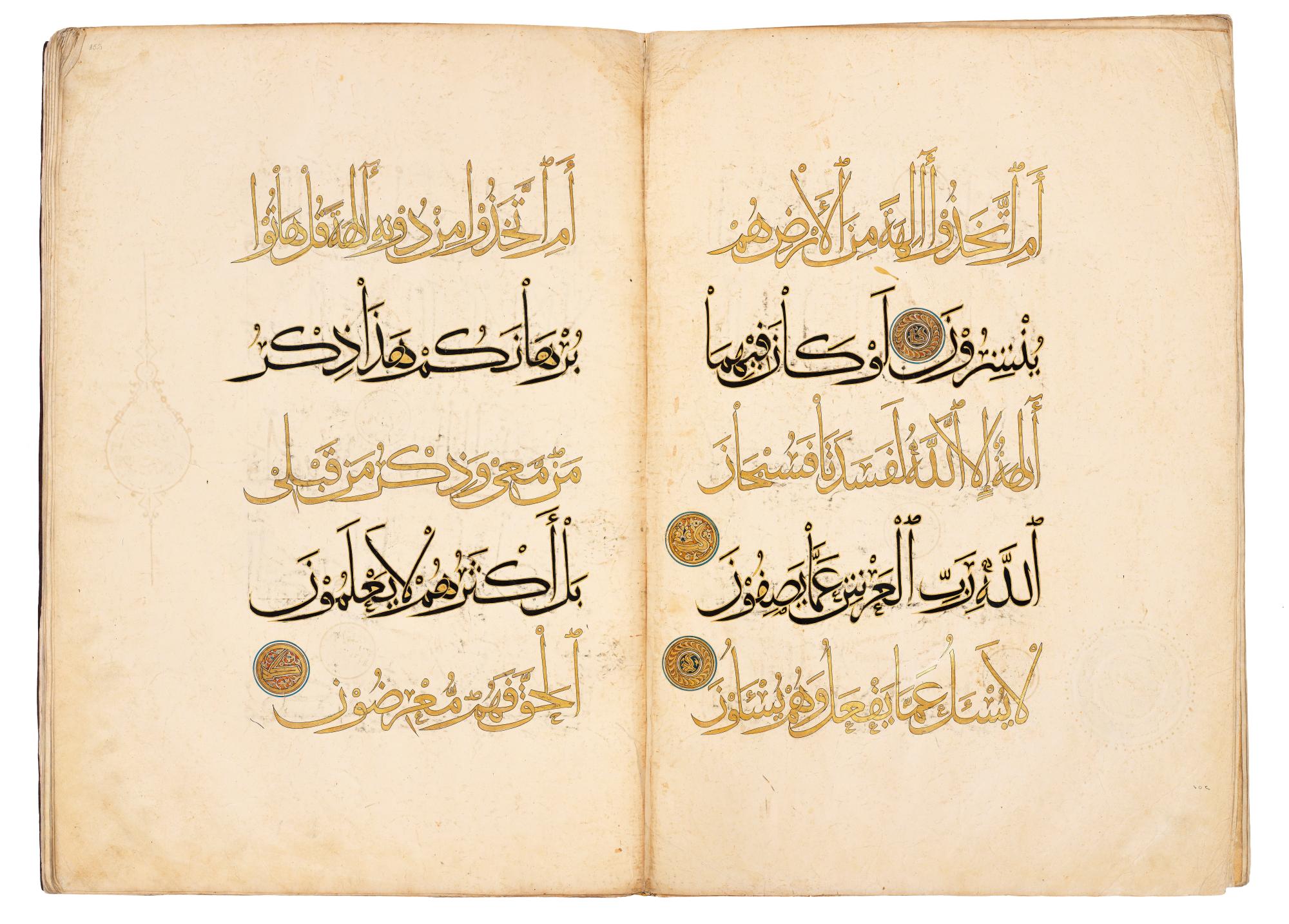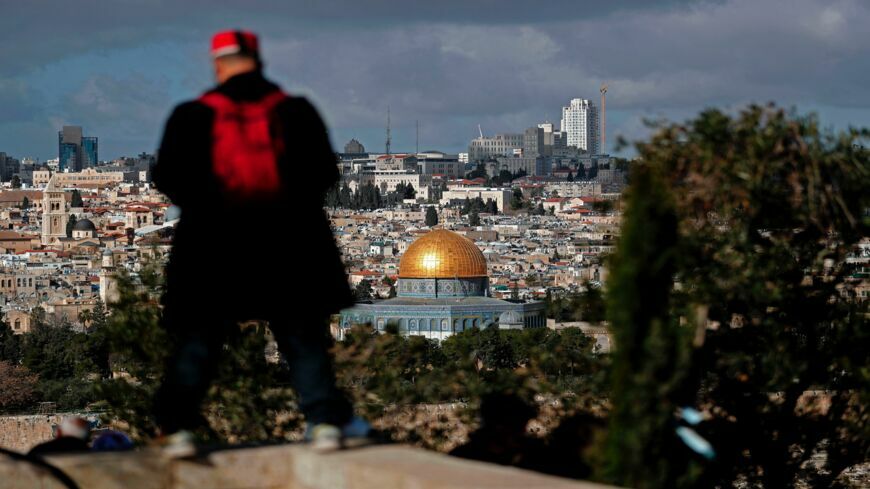
Starting this month in Washington D.C., the Smithsonian is running the first major exhibit on the Qur’an in the United States called “The Art of the Qur’an: Treasures from the Museum of Turkish and Islamic Arts.”
From simple sheets of parchment to large bound tomes, the exhibit showcases more than 60 manuscripts which span nearly a thousand years and encompass an “array of styles and formats.” Exhibit director Julian Raby says that the show gives “an unparalleled view of some of the greatest [Islamic] calligraphy, illumination and binding. Above all, we convey the sense of how artists from north Africa to Afghanistan found different ways to honor the same sacred text of Islam.”
The Guardian says this of the exhibit: “The Art of the Qur’an aims to introduce visitors to the Islamic holy book as both foundational sacred text – the divine message for Muslims, received by the Prophet Muhammad between 610 and 632 – and work of art. Early sections present key aspects of the Qur’an, such as its references to previous prophets (including Abraham and Moses) and continuity with earlier monotheistic scriptures, and themes including revelation, Judgment Day and the mercy of God. The latter half focuses on what co-curator Simon Rettig calls the ‘artistic traditions that originated from transcribing the Qur’an’ over the centuries. ‘It’s this idea of transformation [from a purely oral text] into a book, and adaptation.’”
“The Art of the Qur’an: Treasures from the Museum of Turkish and Islamic Arts” is on view at the Smithsonian’s Arthur M Sackler Gallery through February.



